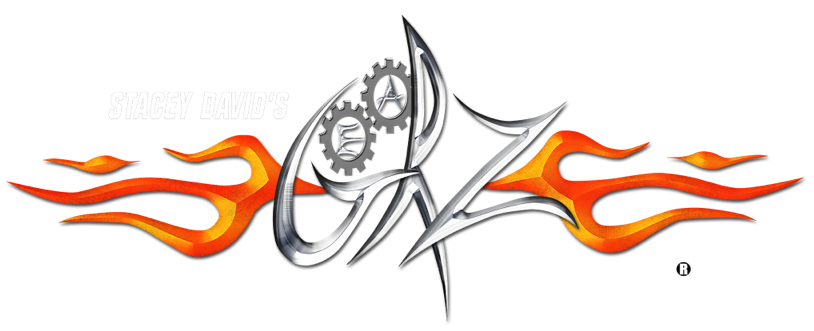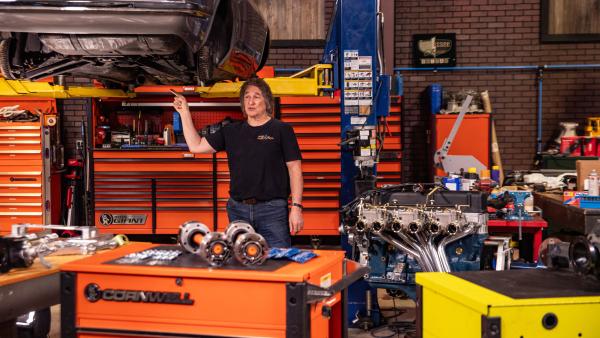Miller MIG Welding Tip #2: Proper Technique
March 08, 2011
Now that you have picked the perfect Millermatic MIG welder for your welding projects, it is time to cover some of the basic questions we get asked.
What is the proper technique for MIG welding?
If the machine is properly set, you should be able to find a steady travel speed that gives you a weld bead that looks similar to Figure 6.
Finally, MIG welding takes practice. Grab some scrap material and weld, in no time you will get the feel for it and be making good welds.
First, set your machine to the proper voltage and wire feed speed for the material thickness, welding wire, and shielding gas you are using. You can use Miller?s exclusive Auto-Set feature or refer to the parameter chart on your machine to find this information.
Next, use both hands to hold the MIG torch, trust me you?ll be a lot steadier this way.
Keep a 1/4" to 3/8? stick out on the wire, the amount of stick out actually influences the amount of energy that goes to the weld so be as constant as you can.
For butt or grooved weld joints, use the positions shown below. As you can see you want to stay perpendicular to the work pieces, while you want to have a slight angle (0-15 degrees) in the direction of travel.
For fillet weld joints, you want to have a 45 degree angle relative to the joint, and a slight angle in the direction of travel.
When using the MIG process ? solid wire and a shielding gas ? you will want to use the push technique.
When using flux-cored wire you want to use a drag technique. Remember, drag if there is slag!
When spot welding keep the nozzle perpendicular to the base material.
Fill out my online form.







